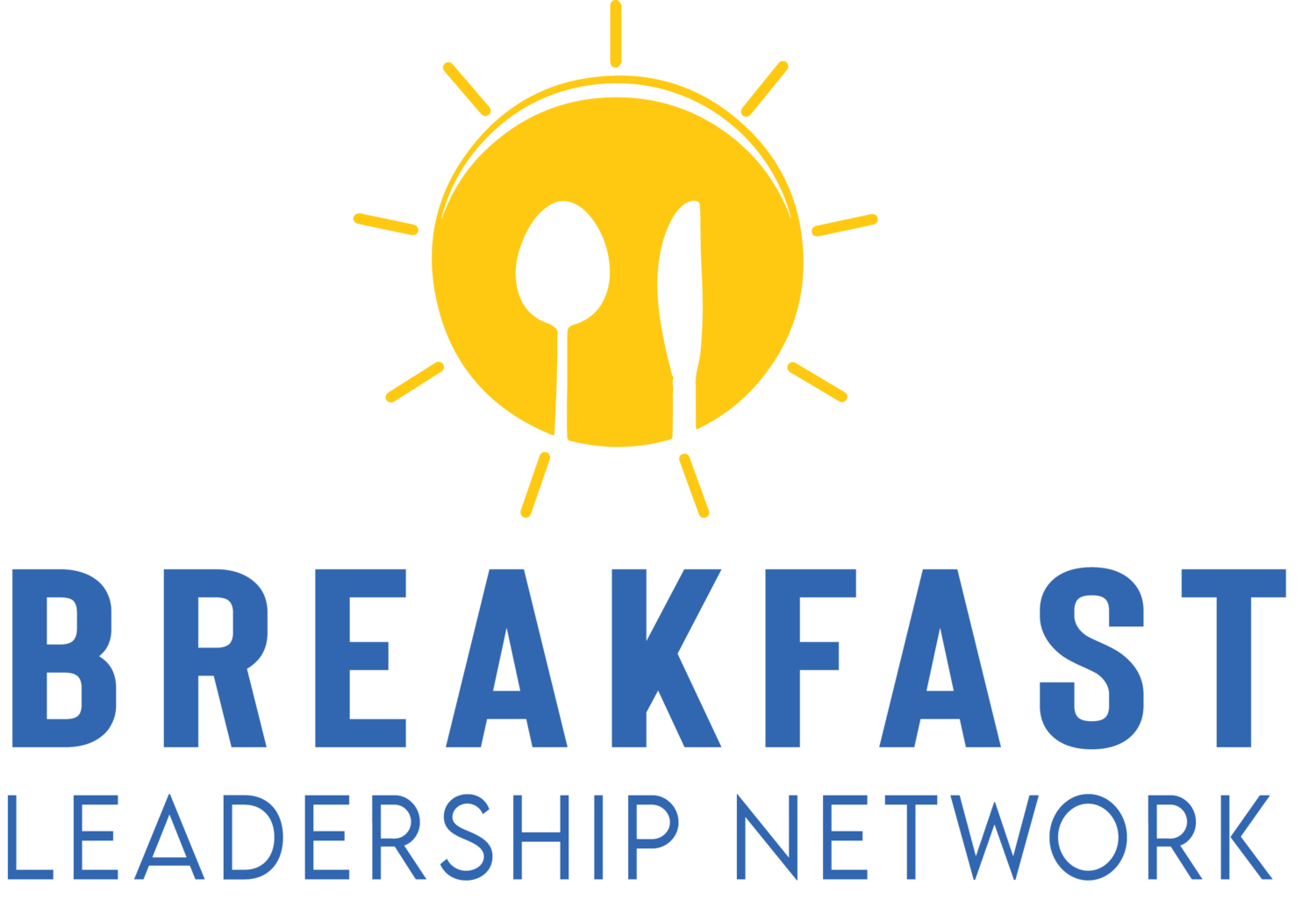Why Your Workplace Culture Is Defined by the Worst Behaviors You Tolerate
Culture is often described as “what people do when no one is watching.” Leaders can post values on a wall, write inspiring mission statements, and launch employee recognition programs, but if they fail to confront the behaviors that contradict those ideals, the culture suffers. A recent Gartner leadership webinar, Your Culture Is Defined by the Worst Behaviors You Tolerate, underscored a truth I have seen many times in my work with organizations: culture change does not happen through slogans. It happens through daily actions, especially by addressing the counterproductive ones.
In my book Workplace Culture, I highlight how culture is not shaped by grand events but by micro-moments. These moments can uplift an organization or corrode it, depending on how leaders respond. Let us dive deeper into the findings and what leaders can do to ensure their workplace culture thrives.
The Trap of Focusing Only on Positives
Many organizations attempt culture change by amplifying positive behaviors such as encouraging collaboration, rewarding innovation, or promoting inclusion. While this is important, it ignores the elephant in the room: the detrimental behaviors that persist unchecked.
Consider an employee who consistently interrupts others in meetings, dismissing ideas before they can be explored. If leaders fail to intervene, the message is clear. Disrespect is tolerated. Over time, this erodes psychological safety and discourages innovation. Research from Harvard Business Review shows that psychological safety is one of the most critical predictors of high-performing teams. Without it, the best ideas remain unspoken and engagement plummets.
A toxic behavior tolerated once becomes a silent endorsement. That endorsement spreads.
Strategic Intolerance: Why Saying “No” Builds Trust
The Gartner session emphasized “strategic intolerance.” This is not about being harsh or punitive. It is about making deliberate choices to confront undesired behaviors swiftly and consistently. When leaders act on misaligned behaviors, they communicate that values are more than words. They are enforced standards.
This concept echoes what I often share in my Breakfast Leadership Network blog. Leaders cannot outsource culture. They set the tone. Employees notice what leaders ignore just as much as what they celebrate. If bullying, gossip, or apathy is allowed, those behaviors become the real culture.
Keystone Behaviors: Small Changes With Outsized Impact
One of the most actionable insights from Gartner’s framework is the focus on “keystone behaviors.” These are small, highly visible actions that reinforce the desired culture and influence other behaviors.
For example, if a company wants to cultivate accountability, a keystone behavior could be starting every team meeting with progress check-ins on previously assigned tasks. This habit not only reinforces follow-through but also signals that commitments matter.
James Clear, in his book Atomic Habits, writes about how tiny behaviors compound into massive cultural shifts. Keystone behaviors function the same way in organizations. They are the leverage points where small actions create ripple effects across teams.
Confronting Undesired Behaviors: The Role of Micro-Actions
Culture does not shift overnight. It changes through micro-actions, such as the leader who privately addresses an employee about consistently missing deadlines, the manager who calls out exclusionary comments in the moment, or the HR professional who redesigns policies to reflect equity and fairness.
These actions may seem small, but collectively they build credibility. Employees want to see that leaders mean what they say. Gallup research shows that only one in three employees strongly agrees that they trust their organization’s leadership. Building trust requires more than motivational speeches. It requires confronting the behaviors that damage culture, no matter how uncomfortable.
Why Ignoring Negative Behaviors Costs You Talent
Ignoring toxic behaviors is not just a leadership failure. It is a business risk. SHRM reports that nearly one in five U.S. workers has left a job due to culture, costing companies an estimated $223 billion. Talent leaves not because of aspirational posters on the wall, but because of daily interactions that erode trust, respect, and belonging.
If leaders tolerate favoritism, exclusion, or hostility, high performers will quietly exit. This leads to a retention crisis that no amount of recruitment spending can solve.
How Leaders Can Put This Into Practice
Name the behaviors blocking progress. Ask which daily actions in your workplace are undermining your stated values. Write them down and be honest.
Set standards and enforce them. When undesired behaviors appear, address them promptly, consistently, and respectfully. Silence is complicity.
Identify keystone behaviors. Choose two or three small but powerful actions that reinforce your desired culture. Make them visible and repeatable.
Train managers to act. Culture change requires distributed leadership. Equip managers with tools to spot and address undesired behaviors.
Celebrate micro-actions. Recognize when employees uphold the culture through small but meaningful behaviors. Reinforcement matters.
Final Thoughts
Your culture is not defined by the words in your employee handbook or the slogans on your website. It is defined by the behaviors you tolerate and by the behaviors you strategically choose to reinforce. Leaders who ignore this reality will find themselves presiding over workplaces where engagement drops, trust erodes, and top talent walks away.
But leaders who embrace strategic intolerance and keystone behaviors will discover the opposite: a culture where values live in daily actions, trust builds over time, and the organization can achieve its boldest goals.
The question for leaders is not, “What values do we claim?” It is, “What behaviors will we stop tolerating today?”
For more strategies on building resilient and high-performing teams, visit the Breakfast Leadership blog and explore related insights on burnout prevention and culture-first leadership.
